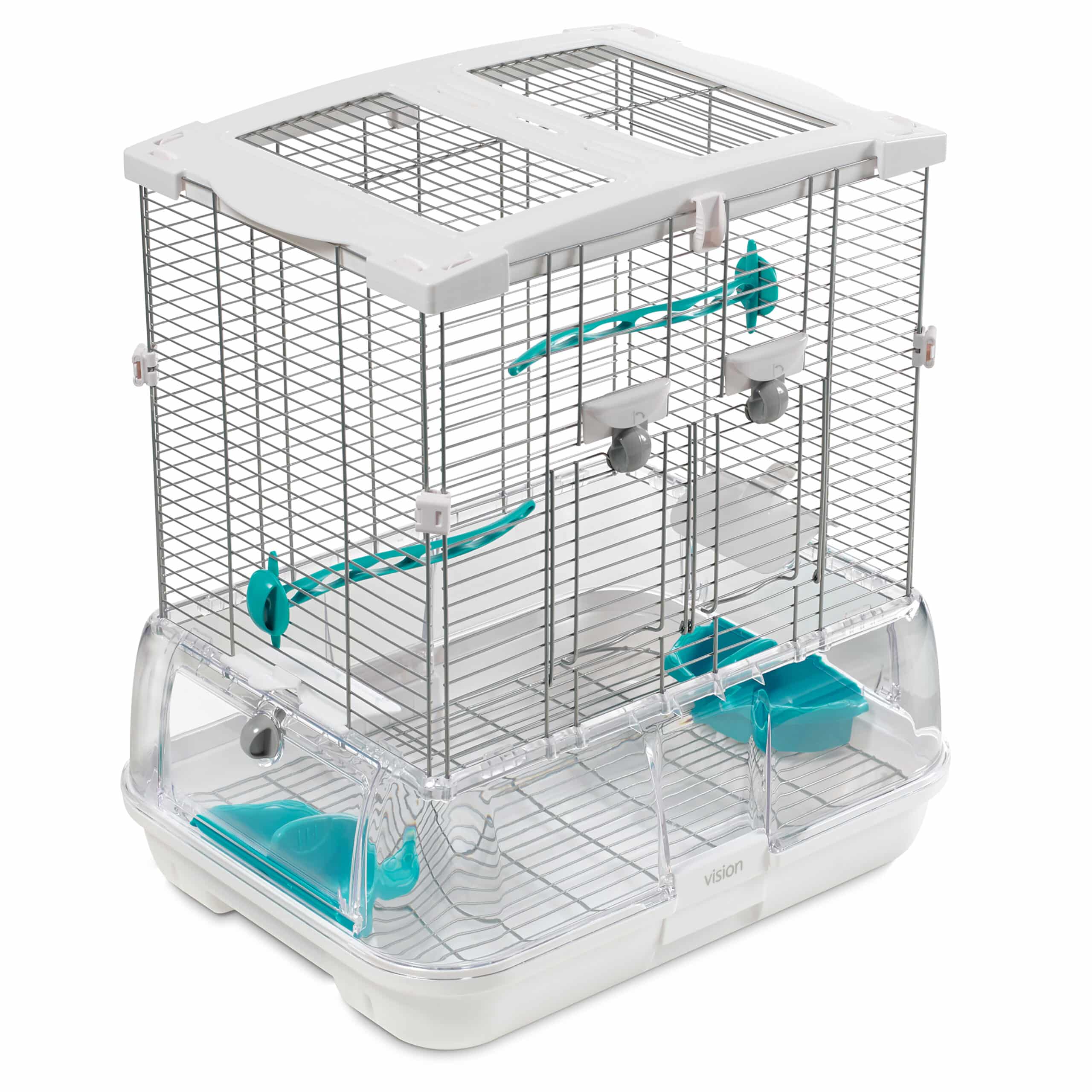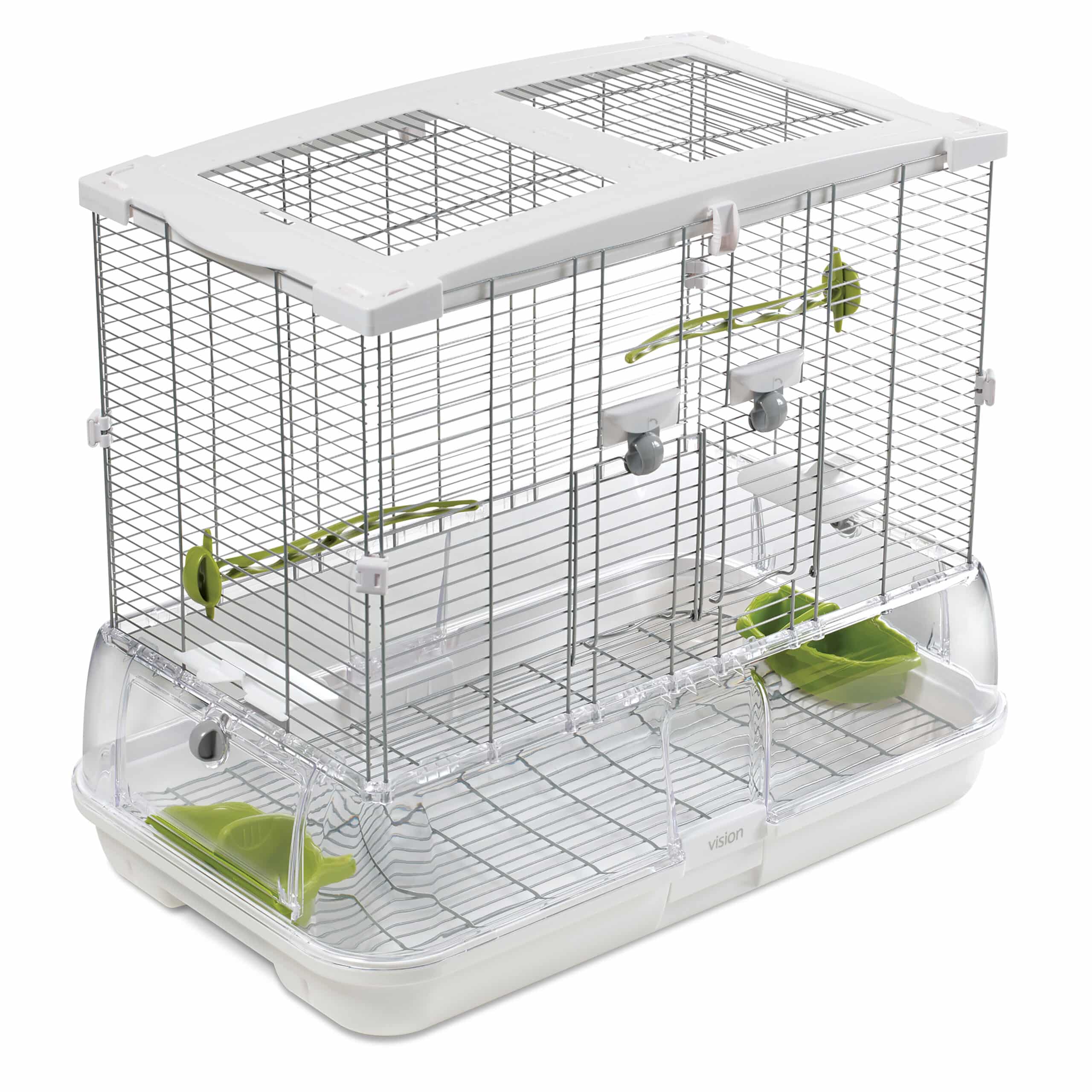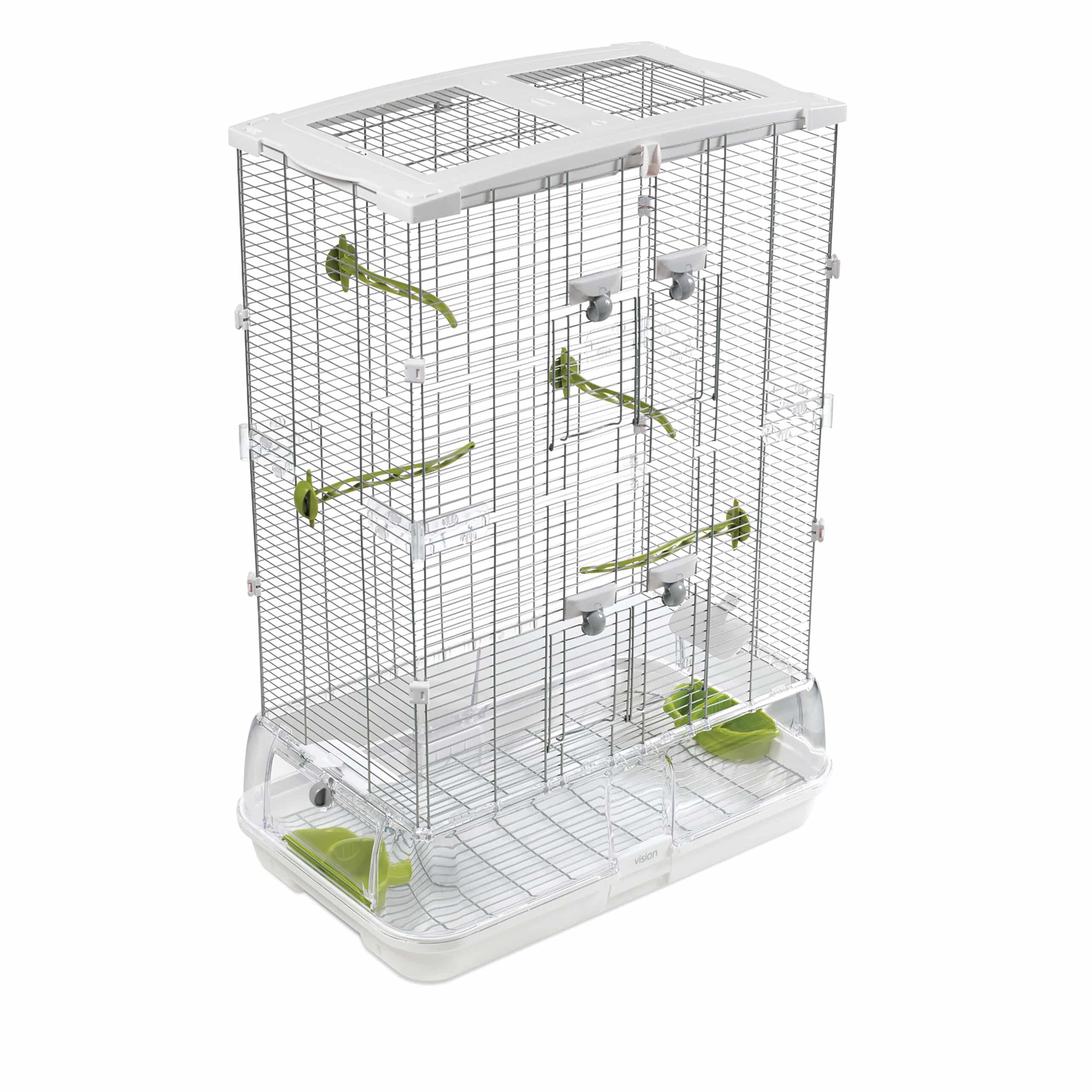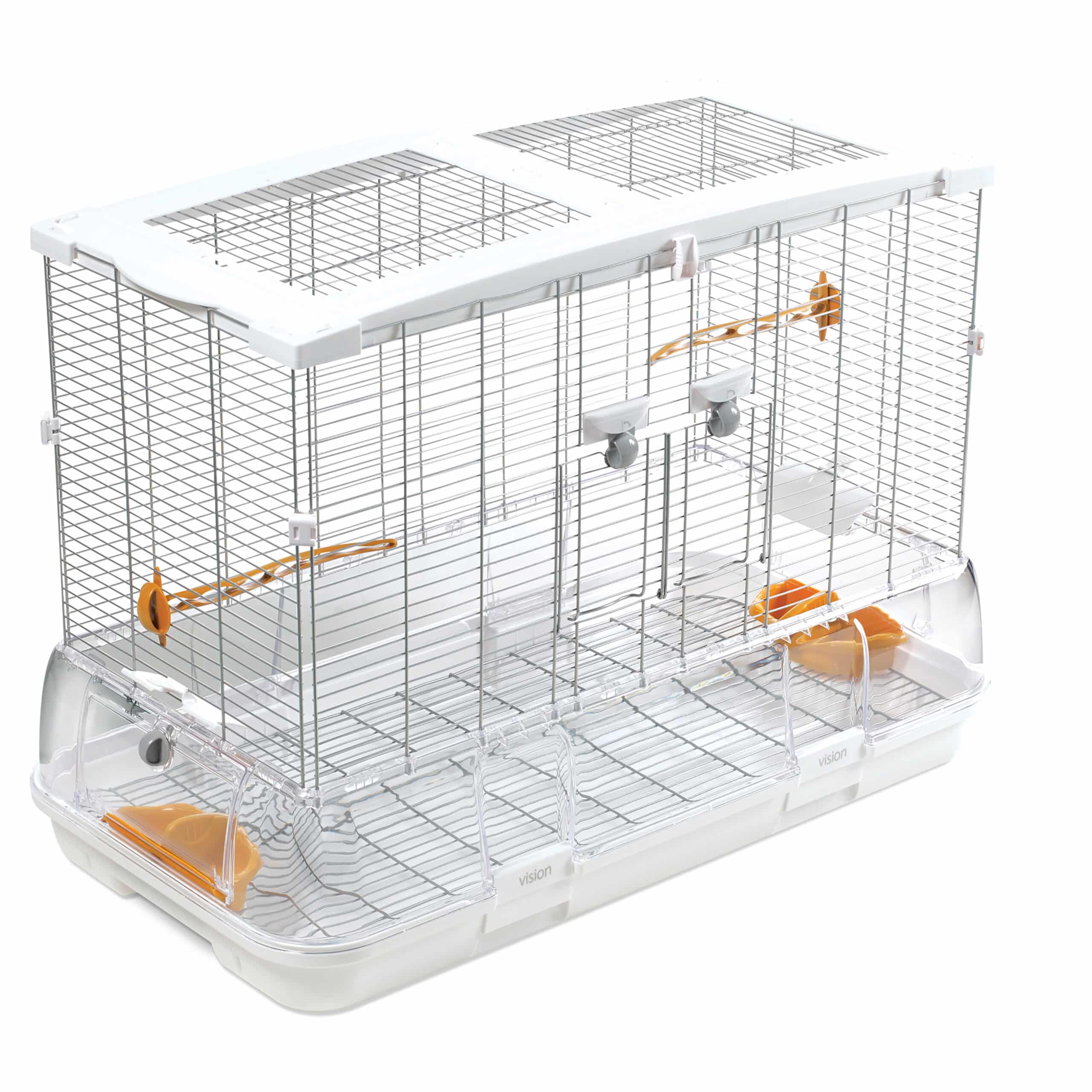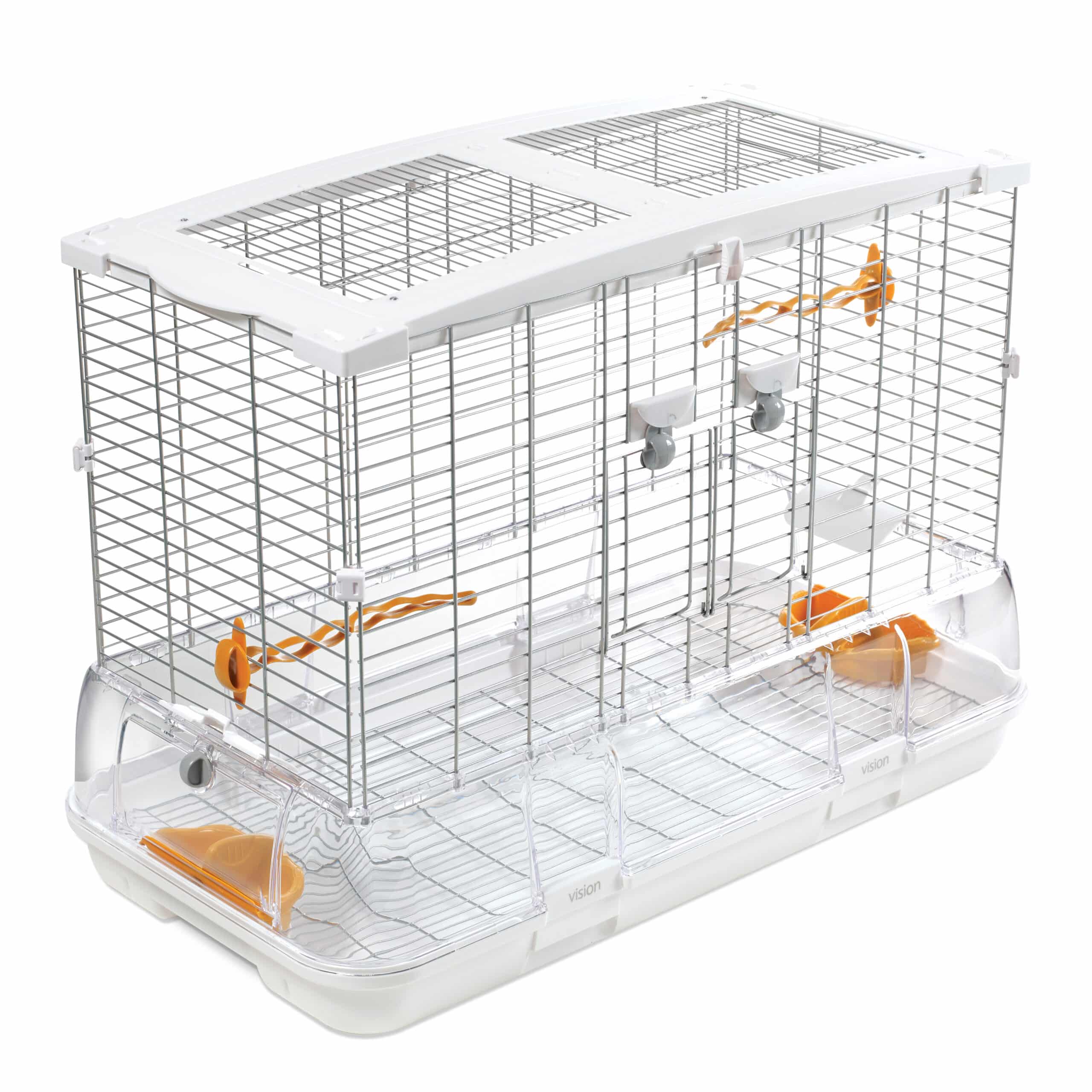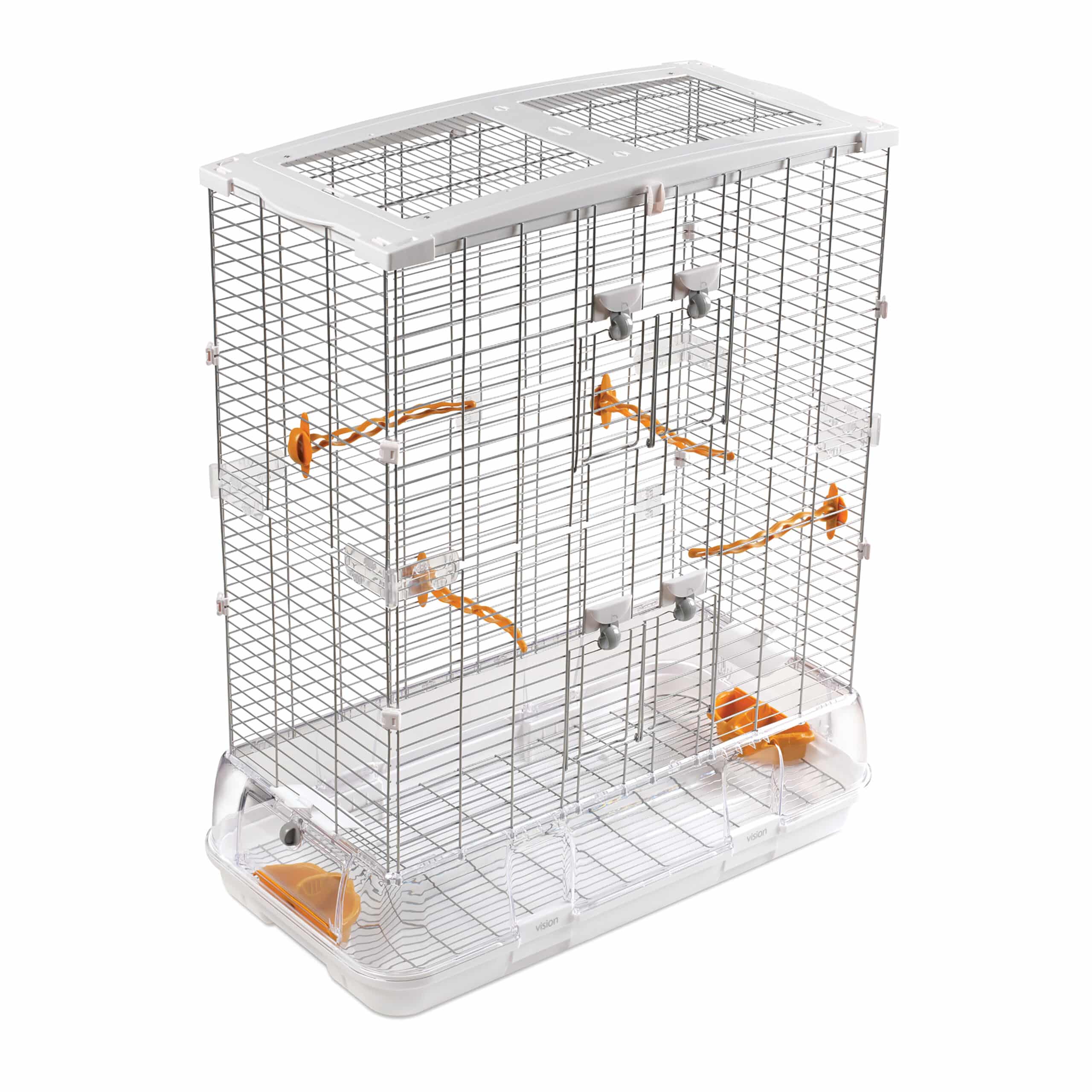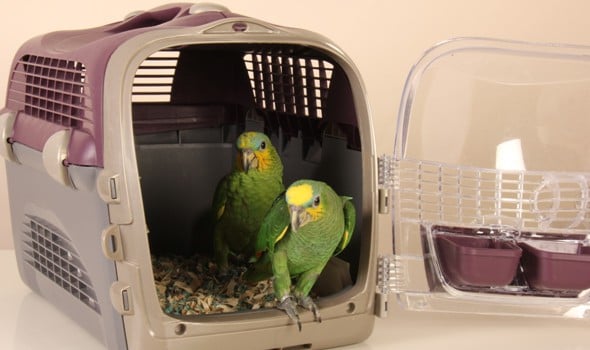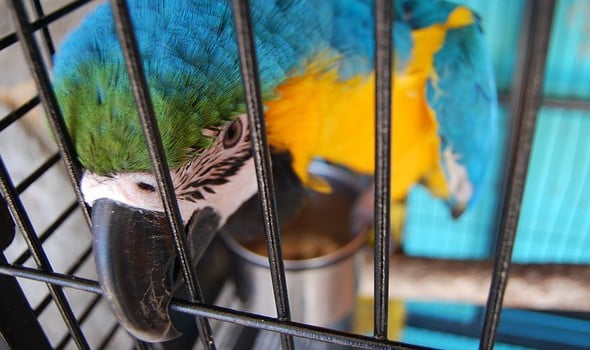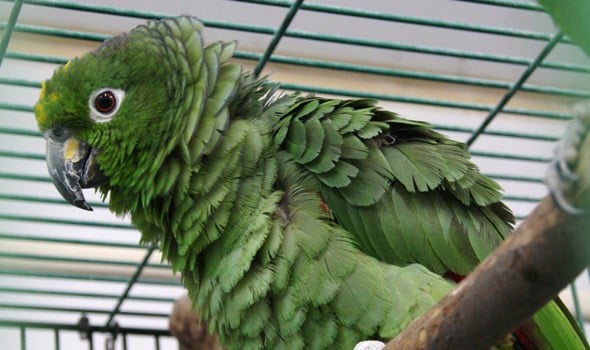Your cart is currently empty!

Easy to Clean

No Mess

Easy to Assemble
Available Products
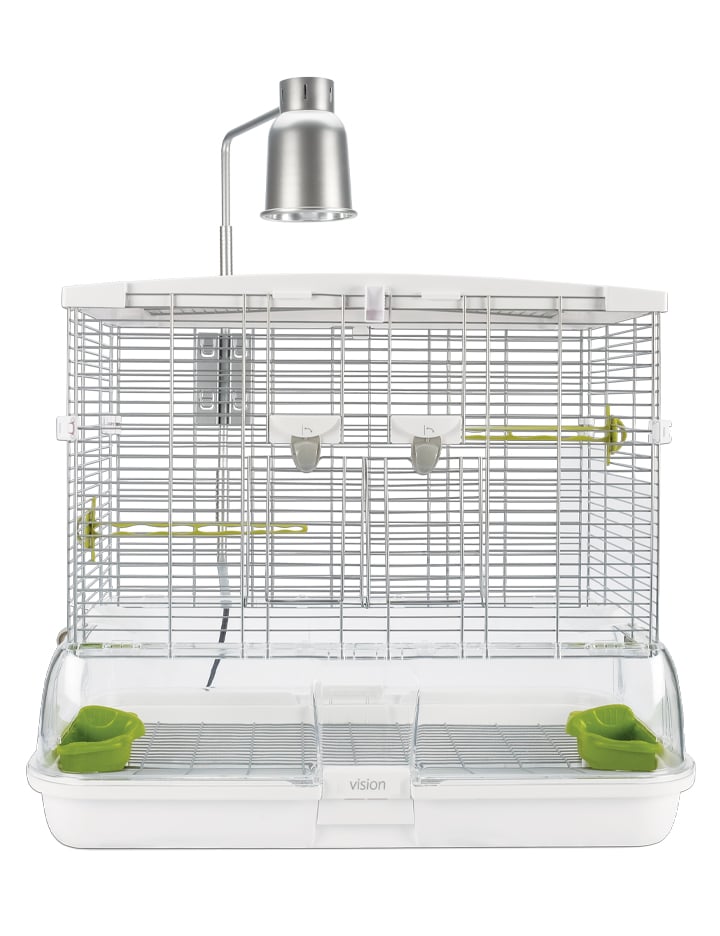
Did You Know?
The ideal bird cage should have the following features at the very least. It should:
- Be large enough to house your bird comfortably
- Minimize messy seed and waste spillovers and be easy to clean
- Be made of safe, non-toxic materials that will stand the test of time
- Withstand frequent biting
- Allow easy access to birds
- Have feeders and perches that are bird-friendly and easy to access
Perfection is in the Details
When Hagen bird cage designers go to the drawing board, they take the above checklist with them to guide them through the creative and design processes. This ensures that the final outcome produces a bird cage that delivers a pleasant and convenient overall experience for both birds and keepers.
Bird-keeping, after all, should be about comfort and convenience for birds and bird-keepers alike. This is what Vision bird cages are all about–the convergence of many features for the benefit of two: you and your bird.
Vision Cages. Not Your Ordinary Bird Cage
Spend less time cleaning, and more time enjoying your bird.
Home for Birds
If you’re in the market for a bird cage, there are several basic factors you should consider before buying. Providing the proper environment for your companion bird is vital in maintaining both physical and mental health. Your bird’s cage should be his refuge, a place of comfort, security and discovery. HARI is proud to stand behind the Vision home for birds. Years of thought, research, and extensive trials have resulted in a bird cage that is both practical as-well-as bird and family friendly. The perfect blend of design and function, Vision responds to the needs of both you and your companion bird. There is a Vision cage suitable for most small Passerines and a selection of small Psittacines. They are recommended for bird species as listed due to their natural behaviors and not by size of bird. All Vision cages are HARI approved.
Bird-Friendly Material
The cages are made in environmentally friendly conditions, using the latest state-of-the-art manufacturing processes with emphasis on low-waste pollution. They are made of low-carbon, rust-resistant wire with a lead- and zinc-safe paint finish. This ensures that birds enjoy a safe, secure and comfortable home.
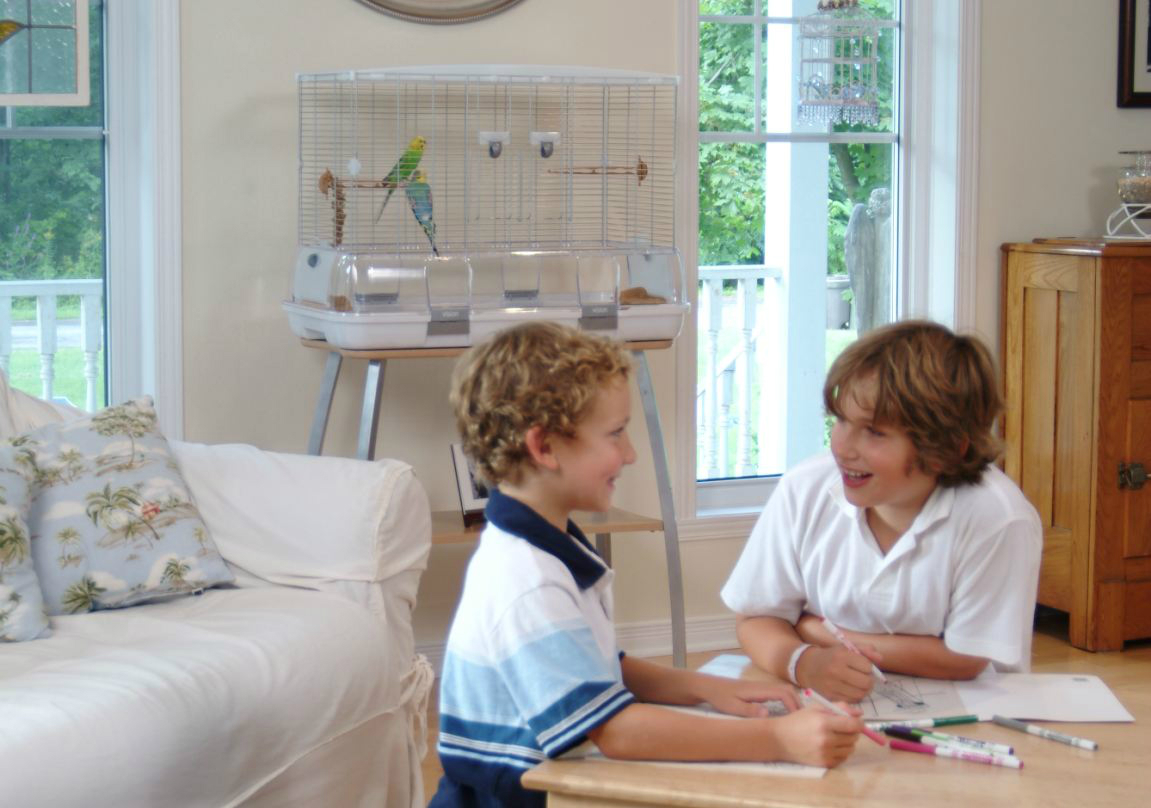
Key Features
Innovative “No Drawer” Cage Design
- Simplifies cage cleaning
- Cage detaches from base for fast, easy maintenance

In standard cages, bird waste often misses the drawer, instead slipping in-between the drawer and the base, forcing the owner to dismantle the cage in order to clean the base and drawer, often a time consuming and messing process.
With the Vision home for birds, we’ve eliminated the drawer. The “no drawer” cage design simplifies cage cleaning – simply unclip the base from the cage and empty the contents of the base directly into the waste bin. The base has ridges that allow air circulation and prevent mildew. It couldn’t be simpler!
Unique Deep Base with Debris Guard
- Deep base accommodates multiple types of litter
- Eliminates mess – helps retain waste inside cage

Doors and Perches
Wide Double Pivoting Front Doors
Vision cages come with large front double doors. They open towards the inside and serve as a convenient landing pad for birds. The doors work independently, so you can close one and leave the other one open. This comes in handy when you need to handle a bird, because it allows you to reach inside and minimizes the chances of your bird escaping.
- Allows versatile positioning
- Doors individually pivot inward and outward at a 90° angle
- Forms a convenient landing platform

Multi-Grip Perches
Most perches come in one uniform diameter. So birds using these types of uniformly-sized perches develop the same grasping position. Vision perches have a wavy pattern with varying diameters. So as birds grip them at different perch points, the gripping variations promote blood circulation and prevent foot problems.
- Promotes circulation and helps prevent foot problems (bumblefoot)
- Exterior access, reducing stress during cleaning/maintenance

Access and Assembly
The seed and water cups can be accessed from the outside, this way you don’t have to reach in with your hand and stress your birds. There is also an extra single door at the side, dedicated to feeding.
Exterior Seed / Water Cup Access and Carrying Handles
- Double cup compartment
- Allows non-invasive access, reducing stress on birds during cleaning/maintenance
- For easy lifting and transport

Quick n’ Easy Snap-Fit Assembly
- Assembles in minutes
- No screws, hooks, or tools required
- No Hassle

Download Vision Assembly Instructions

Learn More About Vision
Vision
Lighting

Vision Cage Accessories

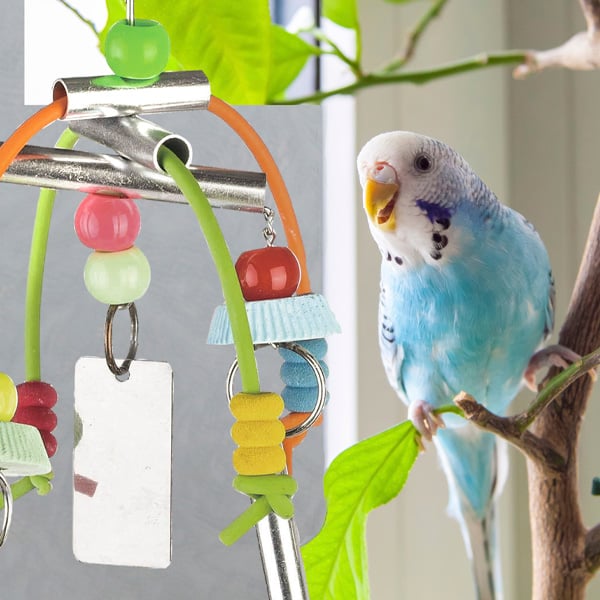
Small Toys for
Vision Cages
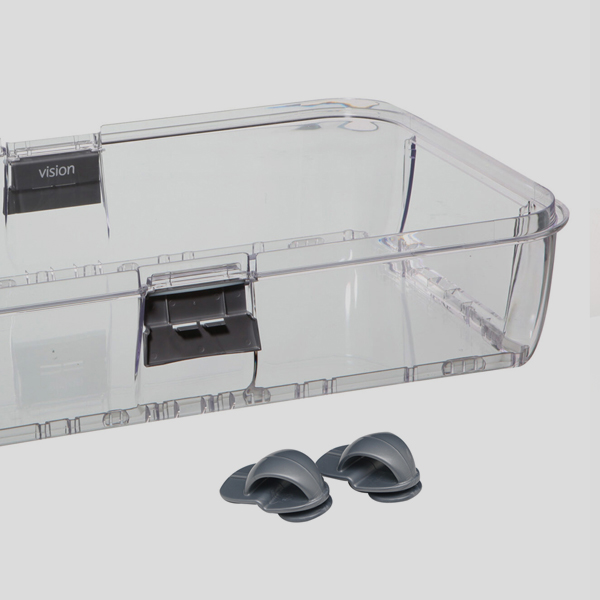
Vision Cage
Replacement Parts
Related Articles
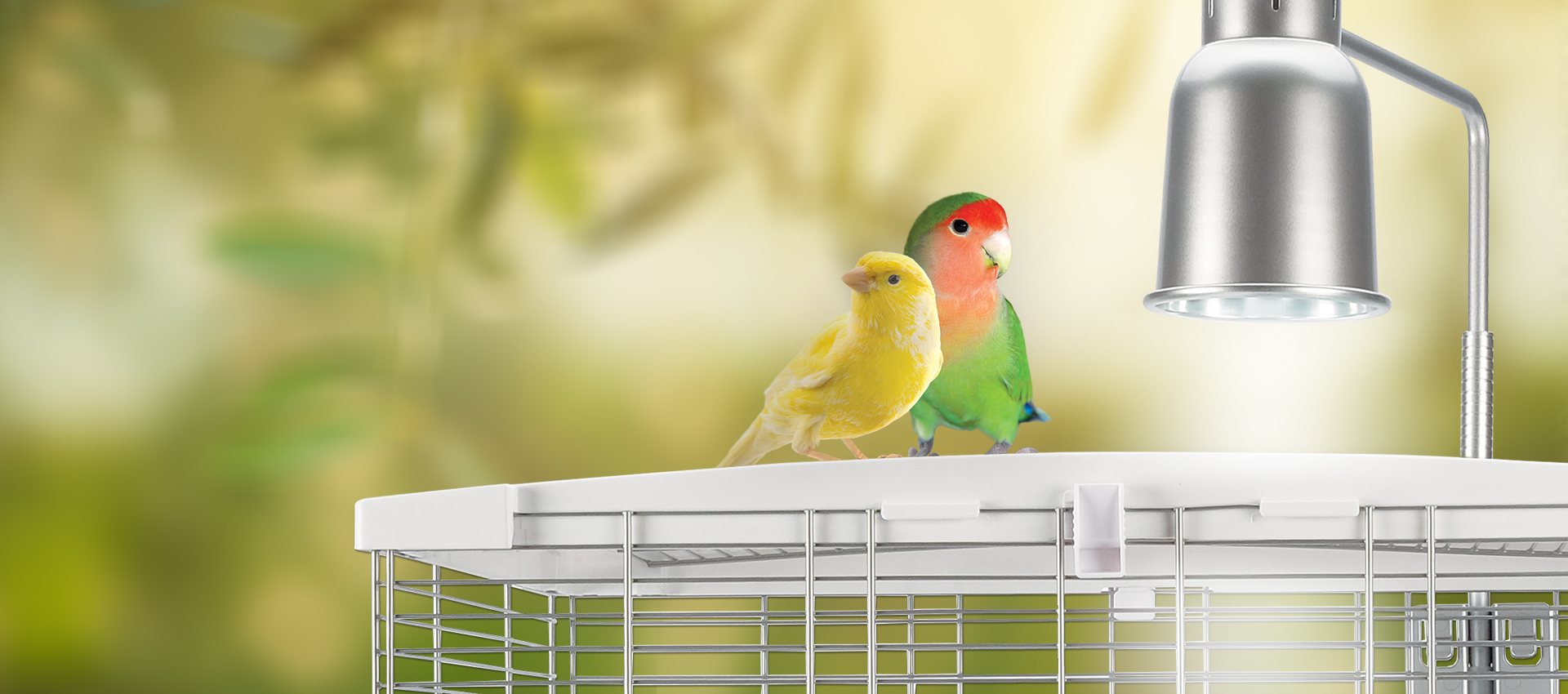
Vision Lighting
Light up their world



